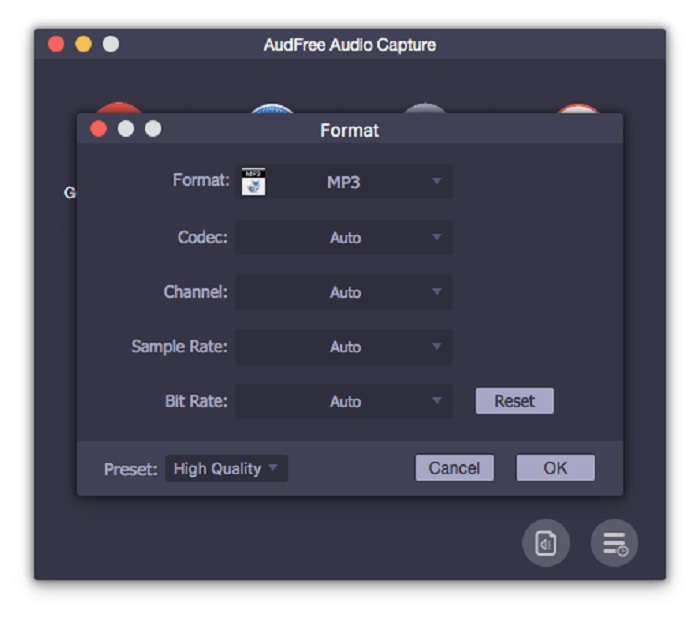Android Internal Sound Recorder sets the stage for this exploration, offering a look into the often-overlooked but powerful tool built into your Android device. It’s the simple, readily available solution for capturing audio moments, whether it’s a lecture, a song idea, or a quick voice note.
This app, often nestled among the other default apps, provides a user-friendly interface for recording, managing, and accessing your audio files. From basic recording functions to a few advanced features, the internal sound recorder is surprisingly capable and often overlooked as a convenient tool for everyday tasks.
Introduction to Android Internal Sound Recorder

The Android Internal Sound Recorder is a pre-installed application on most Android devices, designed for capturing and managing audio recordings. It provides a simple and straightforward interface for users to record audio, listen back to recordings, and manage recorded files.This application caters to a wide range of users, from individuals who need to capture quick notes or memos to professionals who require a basic audio recording tool for various tasks.
It offers a user-friendly experience and a basic set of features that are accessible to all users.
Basic Features and Capabilities
The Android Internal Sound Recorder offers a range of essential features for capturing and managing audio recordings:
- Recording: The app allows users to start and stop audio recordings easily. Users can adjust the recording quality and select the audio source, such as the built-in microphone or an external microphone connected to the device.
- Playback: Recorded audio can be played back within the app. Users can control playback speed, adjust volume, and navigate through the recording using controls like rewind, fast-forward, and pause.
- File Management: The app provides basic file management features. Users can view a list of their recordings, rename them, and delete them as needed. Some versions of the app may also allow users to share recordings through other applications.
Target Audience and Use Cases
The Android Internal Sound Recorder is designed for a wide range of users and use cases:
- Personal Use: Individuals can use the app to capture quick notes, memos, or voice recordings for personal reference. For example, recording lectures, meetings, or ideas for later review.
- Professional Use: Professionals can use the app for basic audio recording tasks, such as capturing interviews, recording audio for presentations, or creating simple audio notes for work-related purposes.
- Educational Use: Students can use the app to record lectures or class discussions for later review or to create audio projects for school assignments.
- Creative Use: Individuals with creative interests can use the app to record music ideas, spoken word performances, or sound effects for personal projects.
Accessing and Using the Sound Recorder: Android Internal Sound Recorder
The Android internal sound recorder is a simple yet versatile tool that allows you to capture audio directly on your device. This guide will walk you through the process of locating, launching, and using the sound recorder app on various Android devices.
Locating and Launching the Sound Recorder
The sound recorder app is typically pre-installed on Android devices and can be found in various locations depending on the manufacturer and Android version.
- App Drawer:The most common location is the app drawer, which is accessible by swiping up from the bottom of the screen or by pressing the app icon. Look for an app named “Sound Recorder,” “Voice Recorder,” or something similar.
- Search Bar:If you cannot find the app in the app drawer, you can use the search bar to find it. Type “Sound Recorder” or “Voice Recorder” in the search bar and the app will appear in the search results.
- Settings:Some manufacturers might have the sound recorder app integrated within the settings menu. Open the settings app and search for “Sound Recorder” or “Voice Recorder.”
Once you locate the app, tap on it to launch it.
The Sound Recorder User Interface
The sound recorder app’s user interface is typically straightforward and user-friendly. It usually consists of the following elements:
- Record Button:This is the primary button for starting and stopping the recording. It is usually a large red circle located in the center of the screen.
- Pause/Resume Button:This button allows you to pause and resume recording without stopping it completely.
- Stop Button:This button stops the current recording and saves it to your device.
- Timer:A timer displays the duration of the recording.
- Waveform:As you record, a waveform representing the audio signal will appear on the screen.
- Settings Button:This button provides access to various recording settings.
Adjusting Recording Settings, Android internal sound recorder
The sound recorder app often allows you to adjust various recording settings to customize your audio capture experience.
- Audio Source:This setting determines the source of the audio input. You can typically choose from options such as “Microphone,” “Built-in Microphone,” or “External Microphone.”
- Format:This setting determines the format in which the audio is saved. Common formats include MP3, WAV, and AAC.
- Quality:This setting controls the audio quality of the recording. Higher quality settings result in larger file sizes but offer better audio fidelity.
Closing Summary
While the internal sound recorder may not have the bells and whistles of some third-party apps, it provides a reliable and accessible way to capture audio directly on your Android device. Its simplicity makes it an ideal choice for quick recordings, while its integration with the operating system ensures that you’re always just a tap away from capturing that fleeting idea or important moment.
